Attaining Motherhood for the second time at the age of 40 through IVF
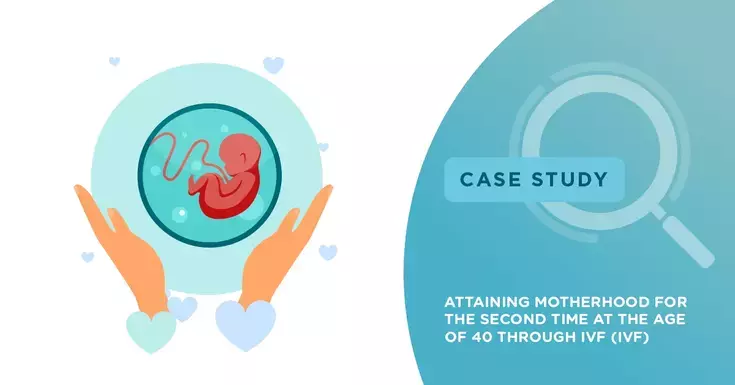
Mrs. Anima and Mr. Manoj Gupta encountered a tragedy in their life when their twenty-one years old son expired due to a road accident. Mrs. Anima had conceived their only son naturally and had no complications during her pregnancy. The couple was shattered having lost their only son and was contemplating on how to overcome their grief.
Visit to Nova IVF
Currently, Mrs. Anima and Manoj Gupta aged 40 and 45, respectively. With the hope of having a baby on their own, the couple decided to visit Nova IVF Fertility Kolkata and consulted with Dr. Anindita Singh, the Fertility Consultant at Nova IVF Fertility Kolkata. On her first visit to Nova, Mrs. Anima was devastated, broke out with tears and could not speak with the consultant. The consultant prescribed some clinical tests after examining her. Among the high-risk factors in her examination results, she had a decline in her ovarian reserve due to her age.
Ovarian Reserve
Ovarian reserve refers to the ovary's capacity to produce oocytes that can be fertilized and lead to a successful pregnancy. Approximately 13% of women at the age of 35+ who want to become pregnant will find difficulty in having a baby, and a similar percentage of pregnant women will have a miscarriage.
In addition to her low ovarian reserve, there was a drastic decline in her eggs, even though her menstrual periods were regular. Anima had also ligated her fallopian tubes after the birth of her first child.
Stimulation is, therefore, essential in these cases since there is no possibility of natural fertilisation because the gametes cannot meet, or their quality is poor.
In this case, the consultant opted for IVF with the donation of egg. But due to the patient's reluctance of going ahead with donor's egg, she had to undergo IVF with her own eggs. The consultant explained the treatment procedures to the couple, and they agreed for the proceedings to conceive. Anima’s ovaries were stimulated with injections to suit her low ovarian reserve, followed by retrieving her eggs, fertilising through IVF and implanted in her uterus.
Ovarian stimulation
During a natural menstrual cycle, generally, each follicle, the unit responsible for storing and maturing the eggs, under control of hormones from the hypophysis and ovaries, develops and releases a single gamete.
The objective of ovarian stimulation, or ovulation induction, is to increase the number of eggs released at each menstrual cycle and, therefore, increase the chances of success of the assisted reproduction methods, due to a larger number of gametes available for fertilization by spermatozoa and the formation of good embryos for implantation.
IVF is suitable for severe cases of infertility, such as the absence or blockage of the Fallopian tubes, advanced age of women, early ovarian failure or poor seminal quality of men, such as azoospermia (the absence of spermatozoa in the ejaculate).
IVF with own eggs
The usual assisted reproduction technique with own/self-eggs is self In Vitro Fertilization (IVF). An egg is fertilized with a sperm outside the uterus, which gives a certified probability of pregnancy of up to 71% in three complete treatment attempts.
Embryo transfer
Embryo transfer is routinely performed through the transcervical route. Evaluation of the uterine cavity prior to embryo transfer allows to determine the length and angle of the cervical canal, as well as the difficulty to access the uterine cavity, choose the appropriate ET catheter. Her oocytes were obtained through an ovarian puncture and fertilized, in the laboratory, with her partner's sperm. Once the embryos were developed, one or two of the best embryos were selected and introduced into the uterus to continue their development. Rest of the good quality embryos are stored in the embryo bank using the vitrification technique for future transfers if required.
After 15 days of embryo transfer, her beta-human chorionic gonadotropin (beta-HCG, a glycoprotein that increases during the first days of pregnancy and is responsible for stimulating the production of progesterone in the woman's body) value was positive. Anima was very much delighted to hear her pregnancy after a storm in her life. It was an uneventful pregnancy period for her. The precious moment came in her life by giving birth to a healthy male baby.
Women with slightly abnormal results may have lower fertility potential and therefore all test results should be interpreted and applied with caution, sensitivity and within the overall context of each case. Nova will not only offer you a complete diagnosis, but also guide you on the right path towards motherhood.
 Infertility Counselling
Infertility Counselling Female Infertility Treatment
Female Infertility Treatment Andrology Treatment
Andrology Treatment Fertility Enhancing Surgeries - Female
Fertility Enhancing Surgeries - Female Fertility Enhancing Surgeries - Male
Fertility Enhancing Surgeries - Male Endoscopy Treatment
Endoscopy Treatment IUI Treatment
IUI Treatment IVF Treatment
IVF Treatment ICSI Treatment
ICSI Treatment Advanced IVF Solutions
Advanced IVF Solutions Embryology
Embryology Vitrification Egg, Embryo, Sperm Freezing
Vitrification Egg, Embryo, Sperm Freezing Preimplantation Genetic Testing (PGT)
Preimplantation Genetic Testing (PGT) Donation Program Embryo / Egg / Sperm
Donation Program Embryo / Egg / Sperm Self-cycleTM IVF
Self-cycleTM IVF

 Self-cycleTM IVF
Self-cycleTM IVF


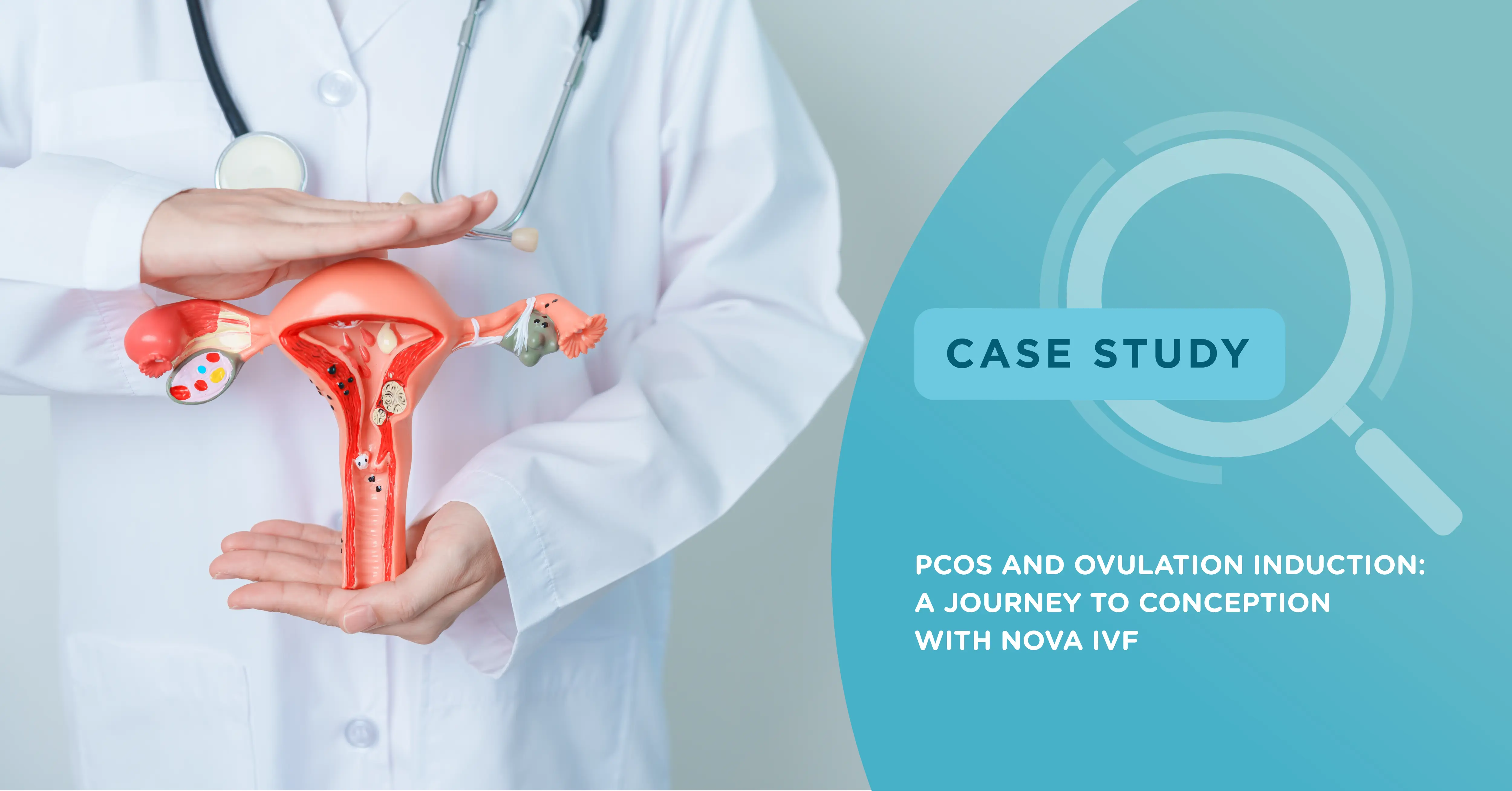
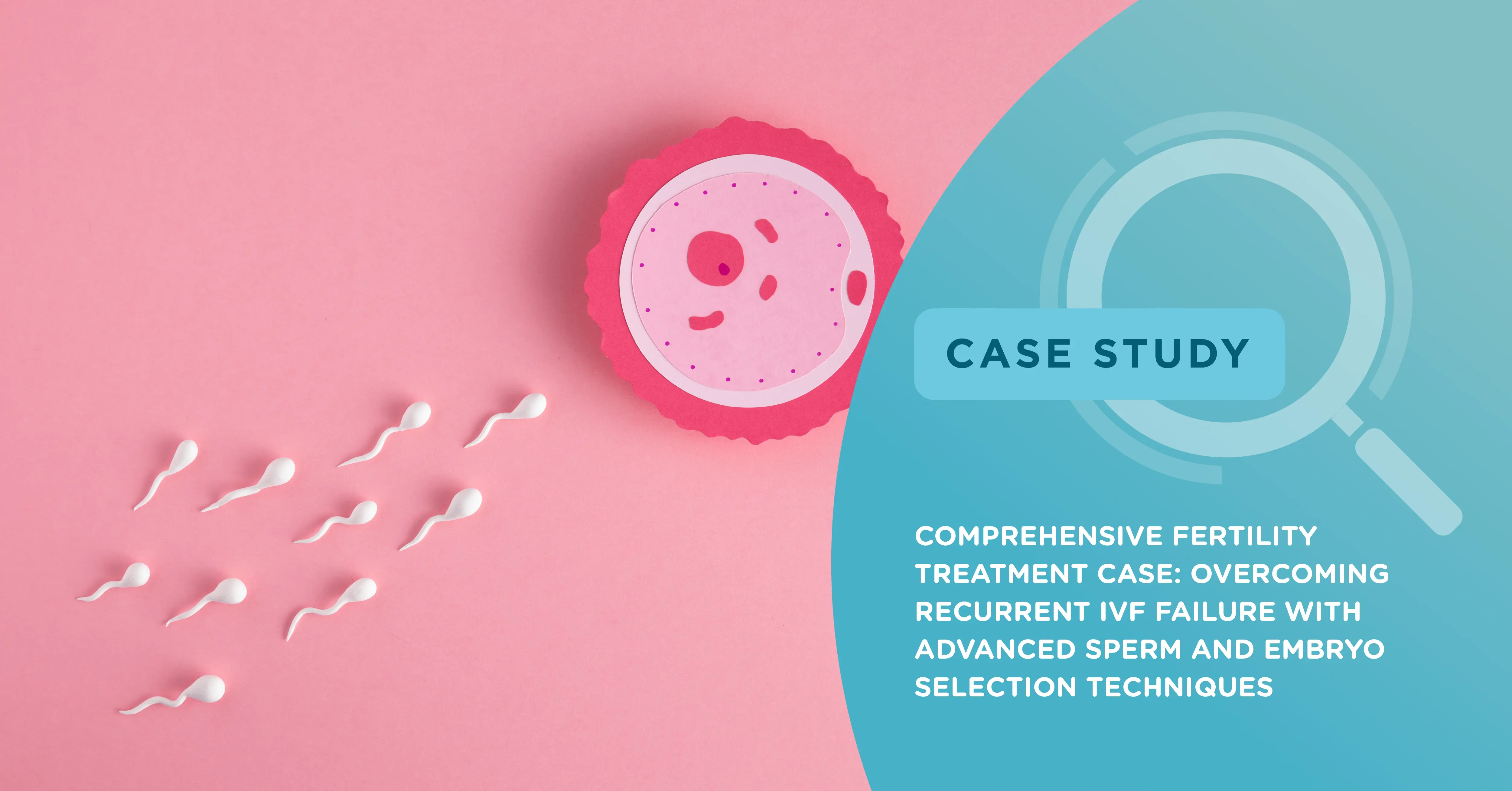
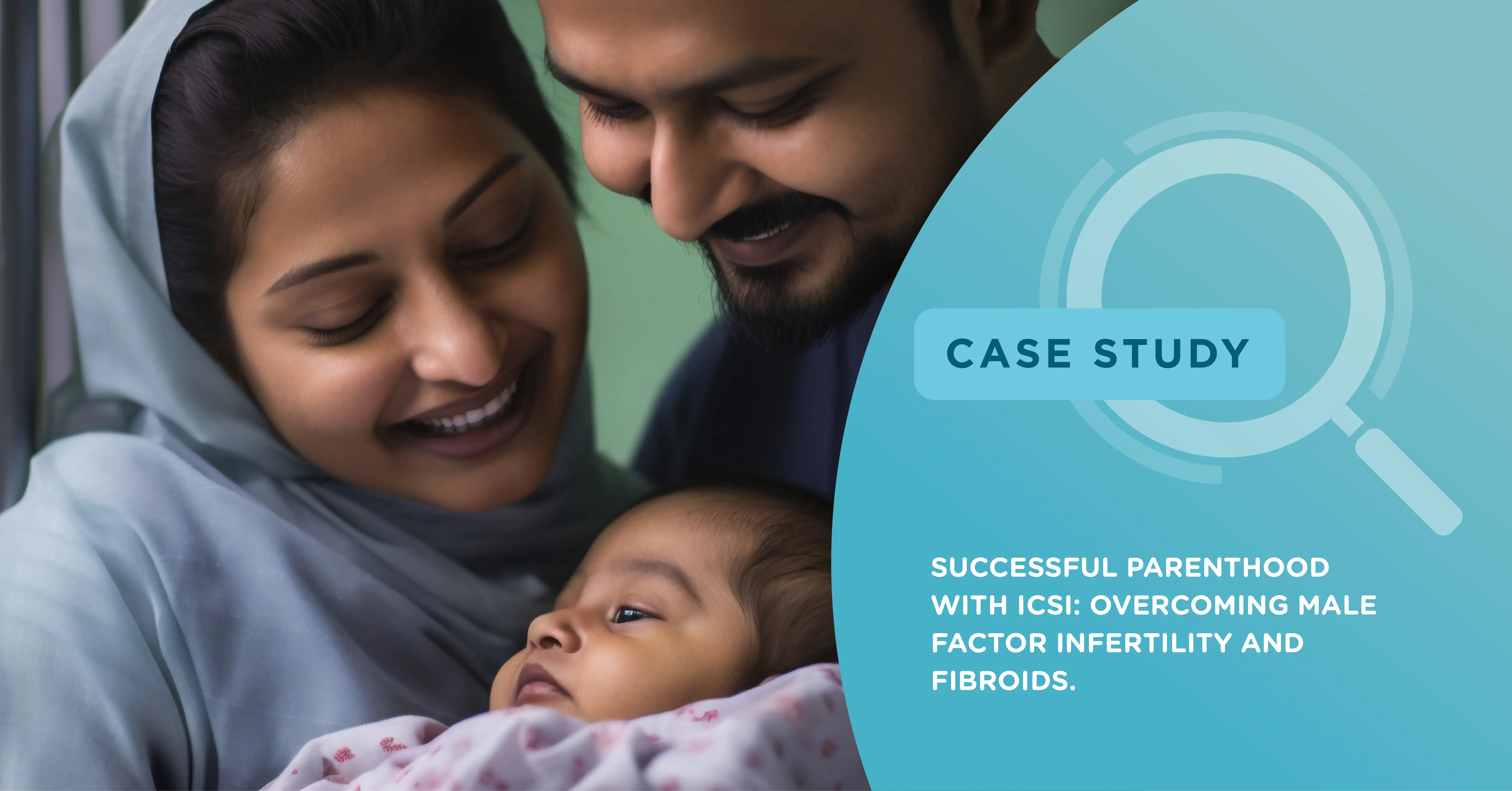
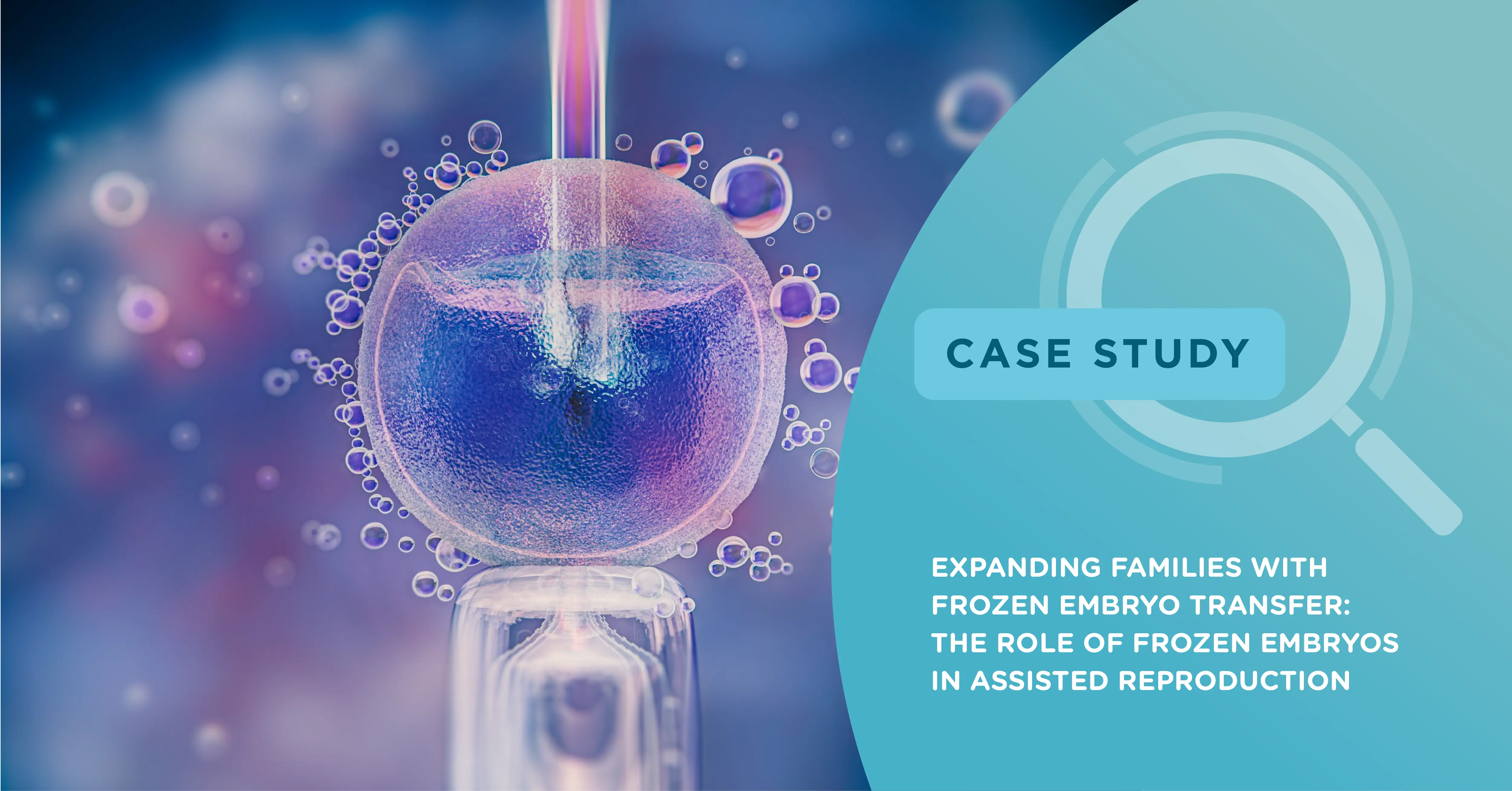

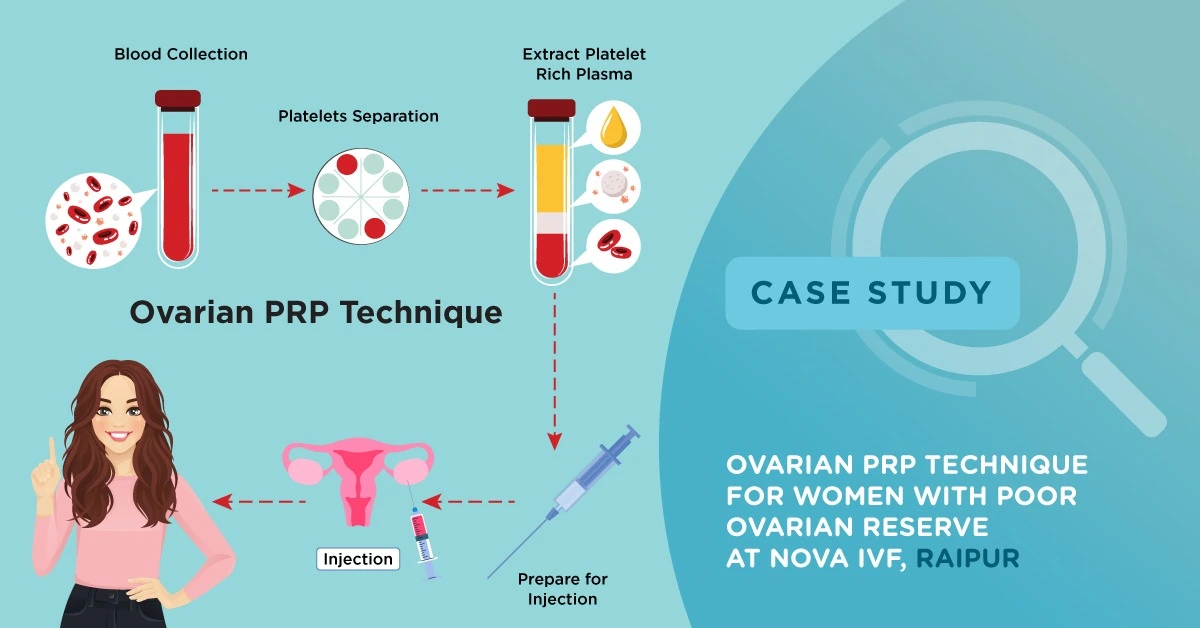
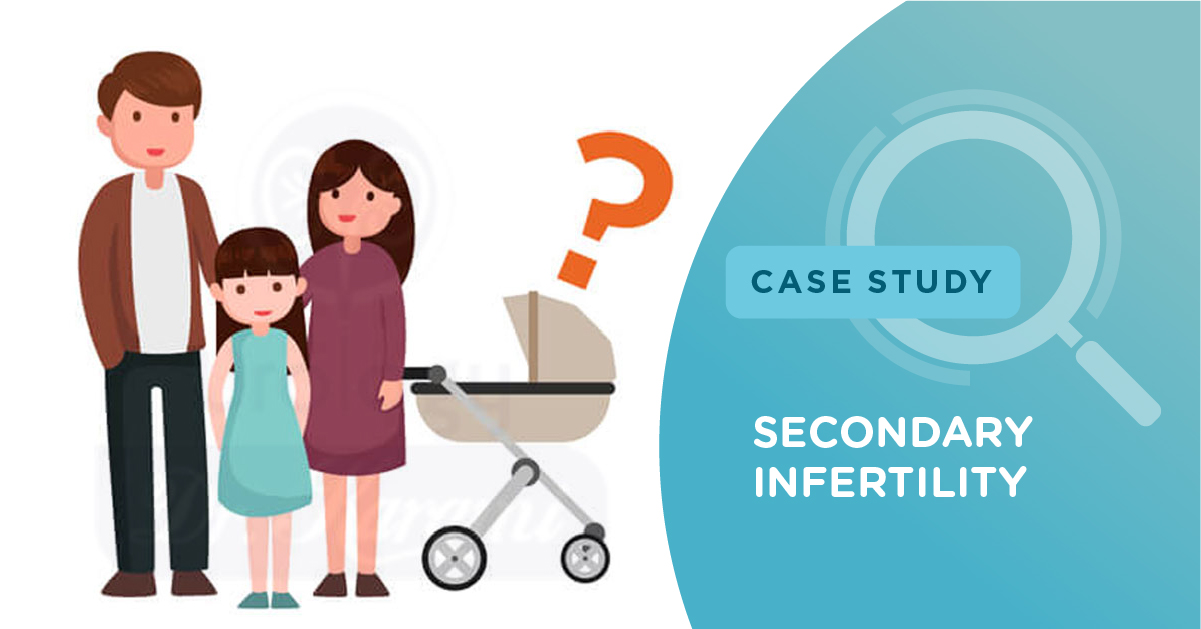
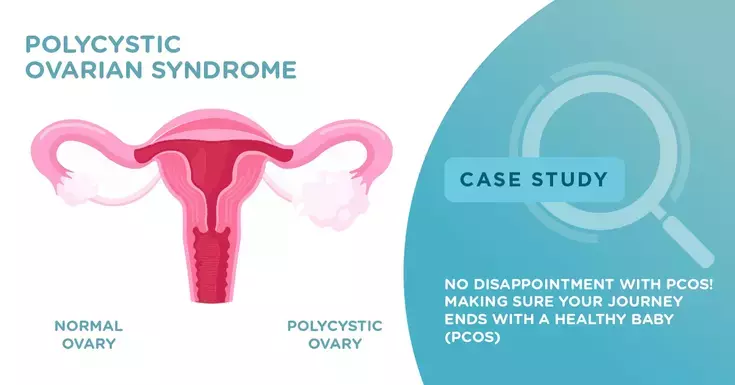






Add new comment